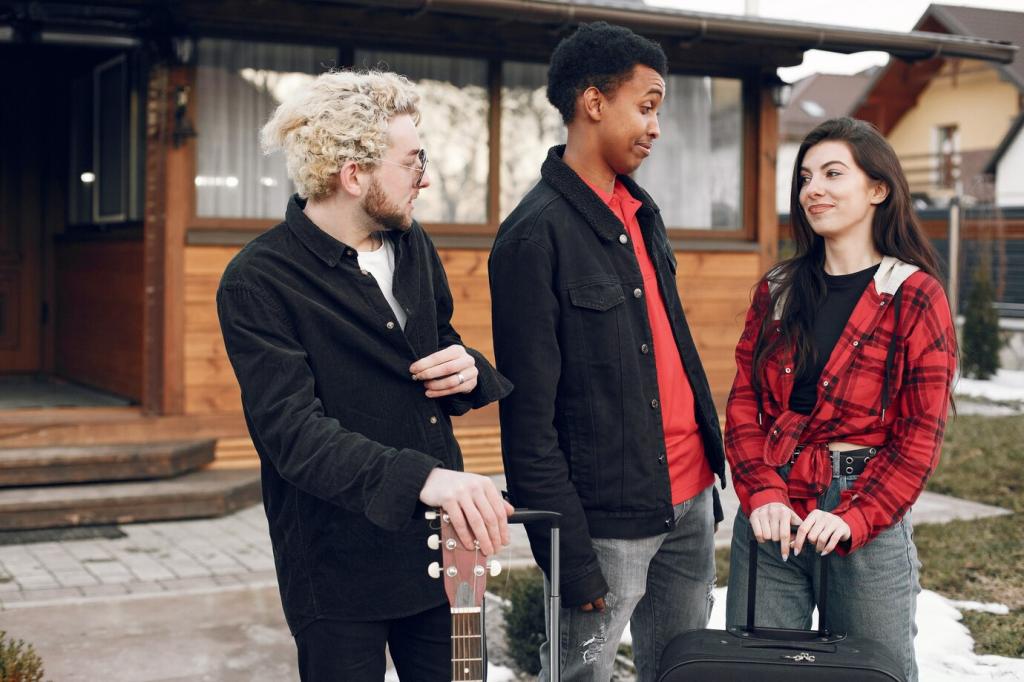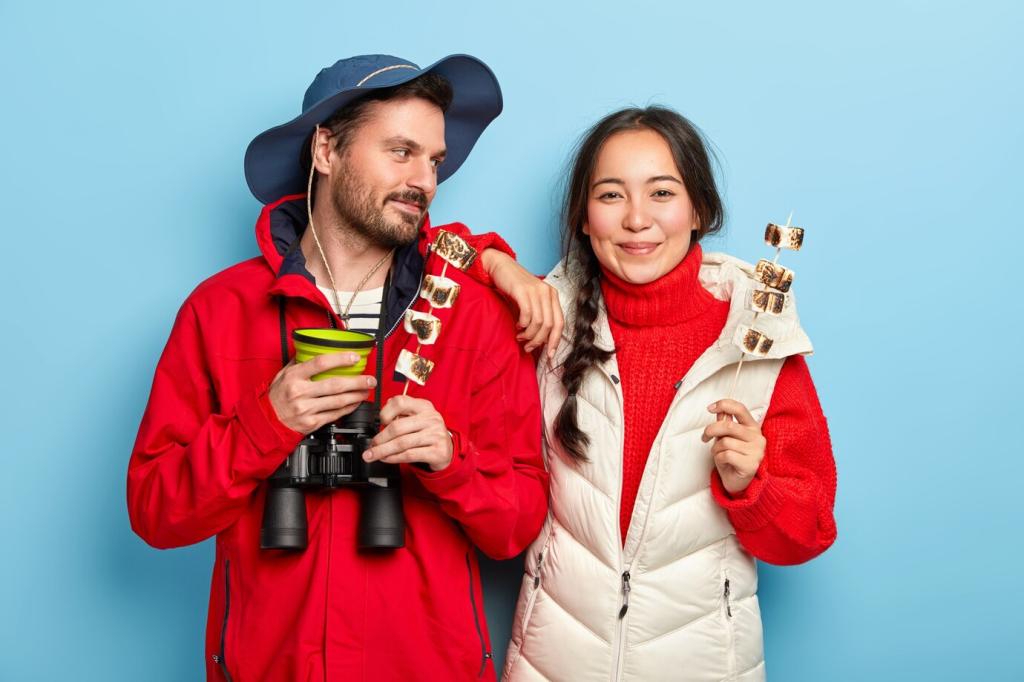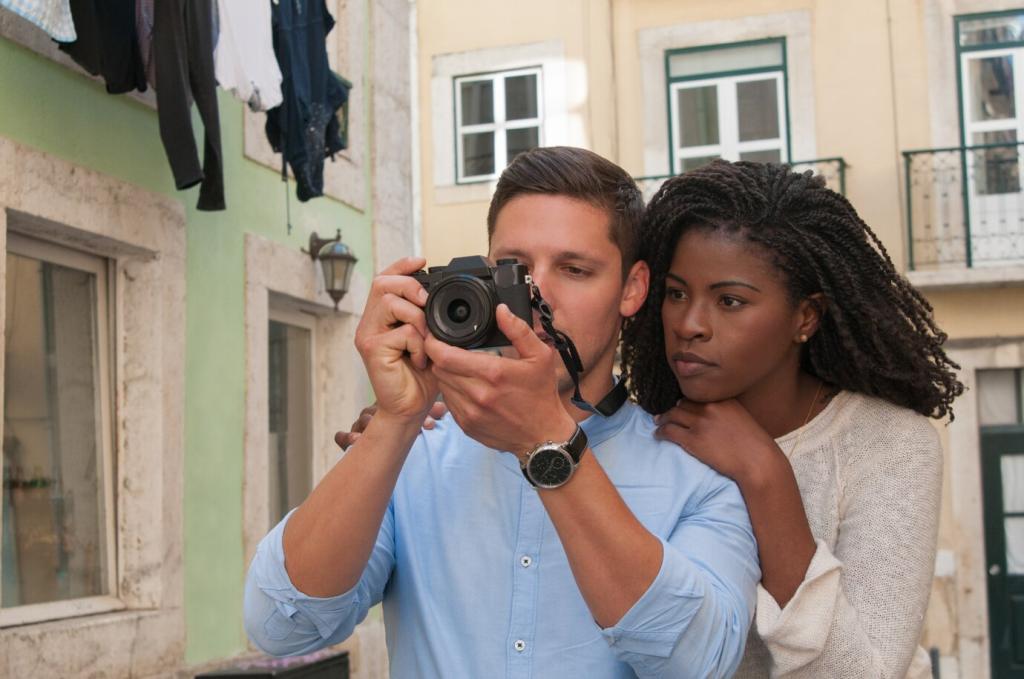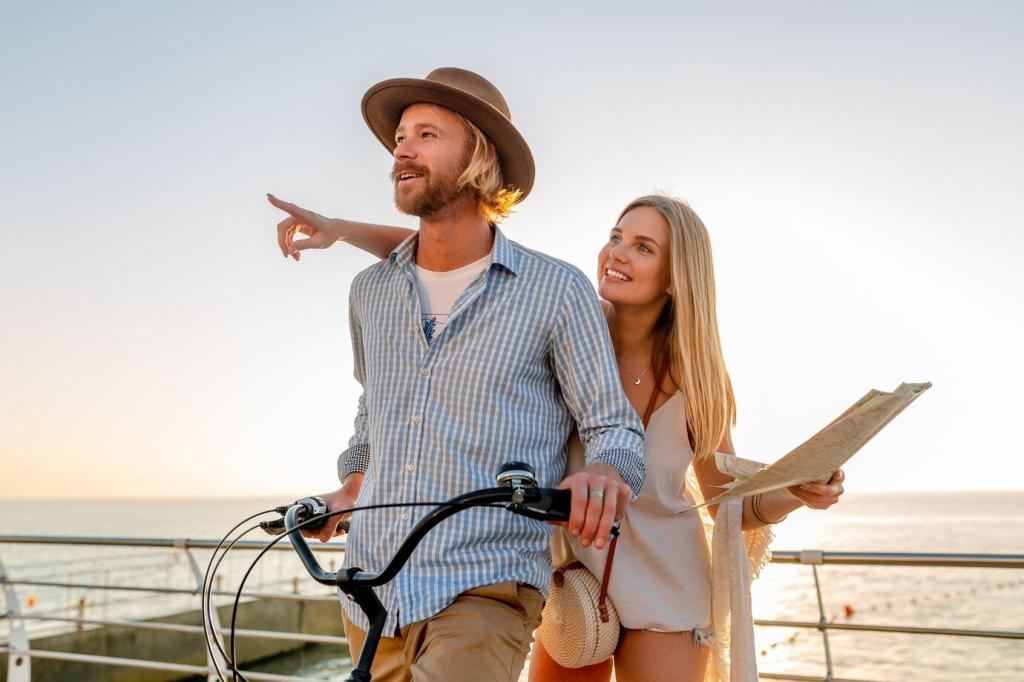Storytelling Techniques in Tourism to Captivate Visitors
Chosen theme: Storytelling Techniques in Tourism to Captivate Visitors. Step into a world where destinations speak, guides become narrators, and every itinerary unfolds like a page‑turning novel. Subscribe and share your favorite travel story to join our community.

The Psychology Behind Travel Storytelling
Studies suggest stories can be far more memorable than isolated facts because narrative structure helps the brain organize, empathize, and predict. On tours, this means details stick when wrapped inside meaningful beginnings, conflicts, and resolutions.
Open with a hook overlooking the city, raise stakes through alleys and artifacts, climax at a panoramic reveal, and resolve with a quiet, reflective spot. Each stop escalates meaning, not just distance, ensuring momentum never collapses.

Micro-Histories Over Grand Sagas
Rather than summarizing centuries, spotlight one artisan, one market stall, or one stone in a city wall. Specific, place‑bound details create intimacy, while context connects micro‑stories to wider history visitors can emotionally inhabit.
Living Traditions, Not Museum Pieces
Highlight rituals that continue today—bakeries firing ovens before dawn, boats blessing harbors each spring. Invite a craftsperson to demonstrate, narrating in their own words. Authentic continuity makes culture feel alive rather than staged.
Ethical Sourcing of Local Narratives
Gain consent, credit storytellers, and compensate contributors. Clarify boundaries around sacred knowledge. Transparent collaboration builds trust with communities and visitors, ensuring stories uplift residents while enriching the traveler’s understanding responsibly.

The Guide as Protagonist-Interpreter
Let guides share formative moments—first time hearing the cathedral bells at dawn, or getting lost and found in a storm. Personal stakes humanize expertise, transforming information into lived experience visitors intuitively trust and remember.
Coauthoring with Guests
Invite visitors to supply plot elements: choose between two alleys, vote on which artifact to examine, or contribute a sensory observation. Participation changes ownership; the story becomes theirs, boosting satisfaction and post‑tour recommendations.
Polyphonic Narration with Community Voices
Blend audio snippets from elders, fishers, or musicians. Multiple voices widen perspective and reduce bias. A layered chorus feels honest, and the destination’s soul emerges through accents, pauses, and laughter that no brochure can fake.
Multi-sensory and Digital Storytelling On-site
Pass around a salt‑stained map, a fragment of tile, or a herb sprig used in old kitchens. Tangible textures spark curiosity, grounding abstract history in the weight, smell, and warmth of real materials.

Measuring Impact and Inviting Participation
01
Narrative Analytics Beyond Headcounts
Measure dwell time at stops, note questions asked, and analyze reviews for emotional language. Map spikes to plot beats to confirm pacing. Iterate scripts where curiosity drops or confusion rises, keeping attention comfortably taut.
02
A/B Testing Hooks and Endings
Trial two different openings for a month, then compare engagement and referrals. Experiment with reflective endings versus triumphant finales. Small narrative tweaks can transform word‑of‑mouth velocity without changing logistics or budgets.
03
Community Story Drives
Host a monthly prompt inviting guests and locals to submit micro‑stories tied to a landmark. Feature winners on the route with credit. Participation builds belonging, deepens authenticity, and sustains an ever‑renewing narrative ecosystem.
